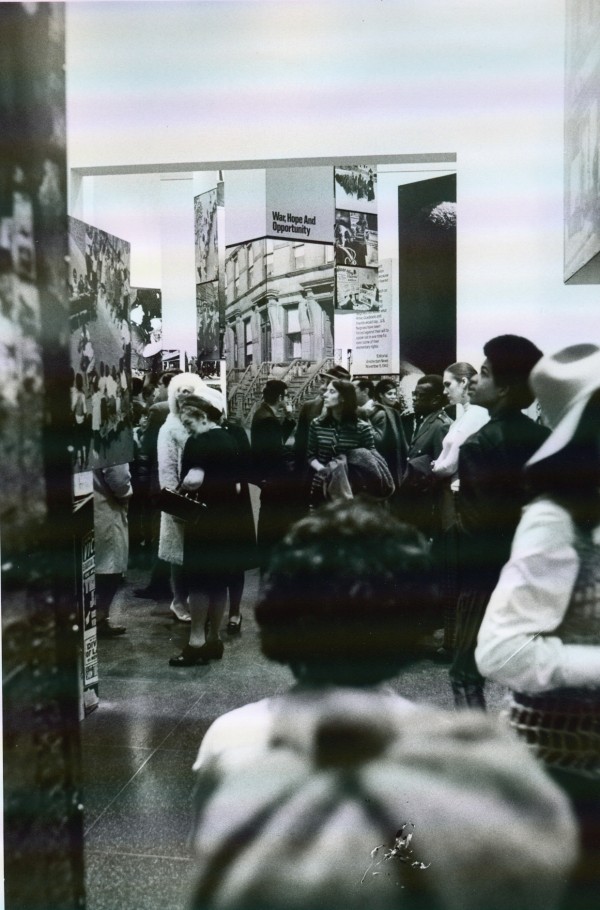I find some aspects of Holland Carter’s “Lessons Learned From a Disgraced Show,” appearing on page one, August 20, 2015 of the New York Times’ Arts & Leisure Section, hard to understand. The piece displays what seems to be a kind of personal animus. Moreover, the facts behind the show contradict his critique.
As the person who created the idea of the Harlem On My Mind exhibition, sold it to Tom Hoving, then Director of The Metropolitan Museum of Art, and who served as curator, lead exhibition designer and author of the book which was the exhibition catalog, I want to clarify one issue. Harlem On My Mind was never conceived of nor presented as a traditional art museum exhibition. In my Introduction to the catalogue, I state: “ … the Metropolitan Museum’s exhibition and this book – document the struggle to establish an urban black culture …”
The Harlem On My Mind exhibition was conceived as what I called “a communications environment.” I would describe it as a place in which visual and aural media were utilized to convey a message. This exhibition provided me with an opportunity to implement my philosophy – redefining the museum experience from observation to participation. This is a concept that was radically new at the time, but has since become conventional. Tom Hoving always supported it.
As a communications environment, the exhibition did not host any traditional works of art as would normally be presented in art museums. It was an articulated documentary display of photography, films, recorded Harlem voices and music. For this reason, there were no paintings and sculptures, and other traditional “works of art” at all.

Contrary to the widely broadcast exclusion of Black painting, prints and sculptures, however, the work of another contingent of the creative African-American community – photographers such as Gordon Parks, long devoid of status, were celebrated by the exhibit. Perhaps one of Harlem On My Mind’s most significant contributions was the discovery and presentation of the achievements of long time Harlem resident James VanDerZee — who now rests within the pantheon of America’s greatest photographers.
When the third edition of the Harlem On My Mind book appeared in 1995, the Schomburg Center for Research in Black Culture organized a conference to commemorate that event. In his Introduction to that edition, Henry Louis Gates, Jr. wrote: “This catalogue remains, even a quarter century later, one of the richest and most comprehensive records of the history of the African-American in the twentieth century.” Gordon Parks, one of photography’s immortals who was significantly represented in the exhibition and catalogue, wrote: “In Harlem On My Mind one witnesses it all – the joys, sorrows, and triumphs of black achievement … It is an important contribution, not only to the history of Harlem but to the history of America as well.” In the Arts & Leisure Section, November 19, 1995, then art critic Michael Kimmelman’s “Culture and Race: Still on America’s Mind,” provides an intelligent overview of then current and past issues. When the fourth printing of the Harlem On My Mind book appeared in 2007, the Schomburg Center for Research in Black Culture hosted a commemorative evening event.
Naturally, an exhibition that broke so many boundaries had to be controversial. Achievements I am proud of include dignifying black culture in one of the world’s greatest museums and using communications technologies as the guiding principles for its presentation. Although well-intentioned, both The Met staff and I were inexperienced and naive in dealing with the African-American community. Consequently, we made some mistakes as we innovated and violated existing barriers. Although much maligned at the time of the Harlem On My Mind exhibition, the utilization of communications technologies in museum exhibitions has since become a universal practice.
Footnote: The Comments appearing following this article are overwhelmingly favorable.

